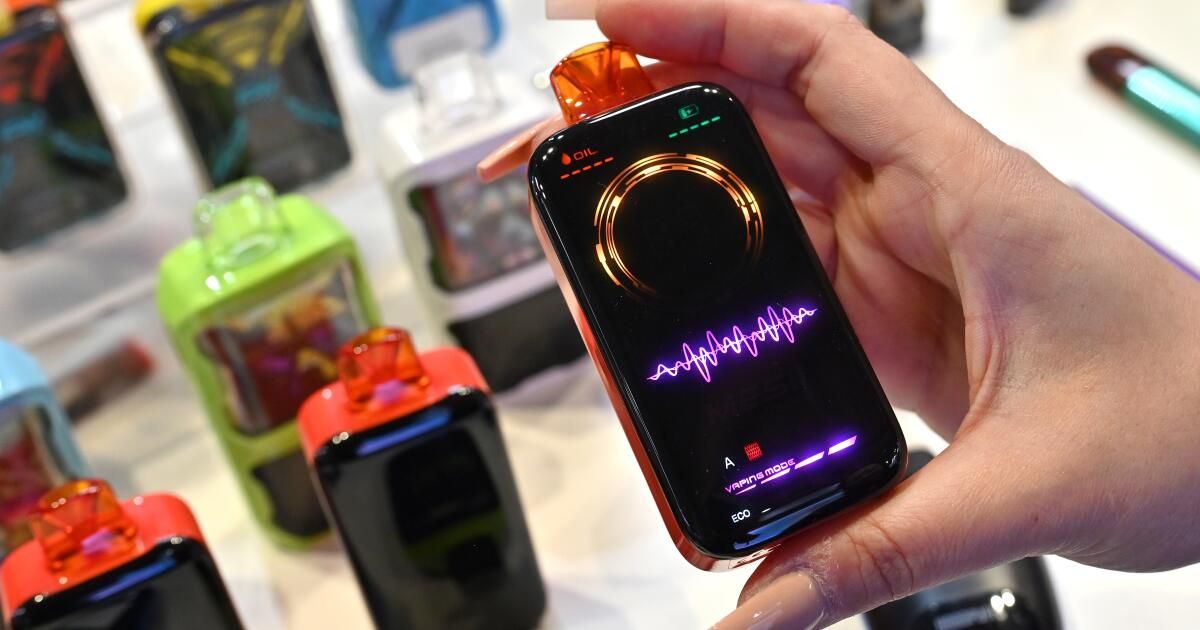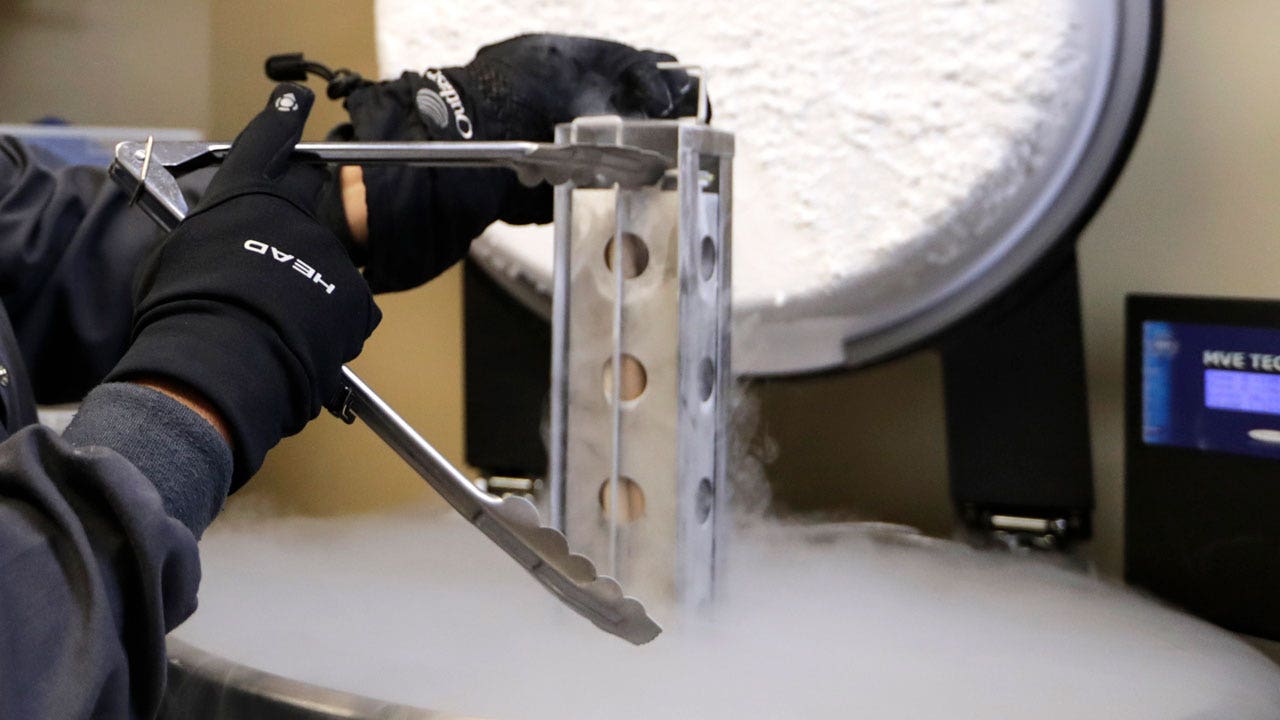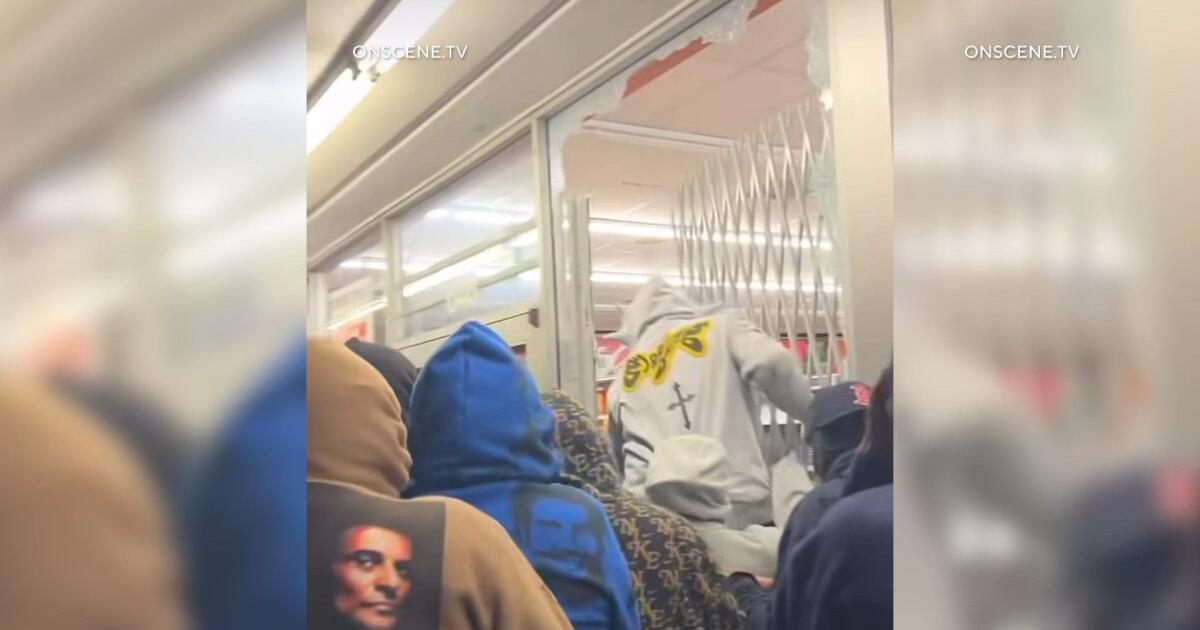Originally introduced as battery-powered devices that delivered nicotine-laced vapor, vaporizers have morphed into increasingly sophisticated entertainment devices.
And that, researchers say, is a potentially huge problem.
Last year, disposable vapes featured small, illuminated screens, usually to show how much battery they had left. Within about six months, however, the displays grew to the size of a flip phone screen and came equipped with retro games similar to Pac-Man and Tetris — all in a product that costs less than $20.
The speed at which vapes have advanced to include an interactive screen, as well as the devices' potential appeal to young people, is raising concerns about nicotine addiction among teens, say UC Riverside researchers Man Wong and Prue Talbot.
“We have never seen a [tobacco] “A product that is clearly aimed at young people,” Talbot said.
Talbot and Wong are members of a team of scientists researching tobacco-related diseases, e-cigarettes and the toxicological effects of nicotine.
The team continually monitors new vaping products coming to market, but the emergence of what they call “smart vapes” still took researchers by surprise.
The catalyst for this new generation of vaporizers, Wong said, was the Geek Bar Pulse, a vaporizer that had the first full-size screen, according to Geek Bar's website. The larger display showed battery life, the amount of liquid remaining and an animated spaceship.
What came next was a viral tweet from a photo of a Pac-Man-like game on the Craftbox V-Play 20K disposable vape.
In a Zoom video with The Times, Wong held up the eye-catching smart vape. When he turned it on and selected “game mode,” the nearly 2-inch screen gave him the option to play three games inspired by Pac-Man, Tetris and JetFighter.
This is just one of the vaping products that have gaming capabilities. Another is the URSA Pocket Pod Kit from Lost Vape, which has a puff counting competition and the ability to display your ranking on Lost Vape’s social media accounts.
Wong said smart vapes use their tricks to lure people in the same way a slot machine lights up and makes sounds. But vapes prey on three potential addictions, Wong and Talbot said: screen time obsession, gambling disorder and nicotine dependence.
Researchers are still unsure of the health effects of vaping. In the absence of clear guidance, users will generally assume the devices aren't as bad as cigarettes “because they don't have as many chemicals,” Talbot said.
In truth, he said, vapes and e-cigarettes “have different chemicals and some of those chemicals are toxic, and we don’t know exactly what the long-term effects are.”
What we do know is that vaping involves inhaling aerosolized “e-liquid” that contains flavorings like diacetyl (a chemical linked to serious lung diseases) along with nicotine and other chemicals, according to the American Lung Association.
In California, you can't buy nicotine-filled vapes unless you're 21. But that doesn't stop young people from getting their hands on vaping products.
The California Department of Public Health surveyed more than 31,000 high school students last year for the California Youth Tobacco Survey and found that 21.6% of them reported having tried a tobacco product and that 7.3% currently used tobacco.
The most commonly used product among high school respondents was vaporizers.
Most respondents said it was easy to get vapes in a store, online and from someone else, the report said.
Lost Vape did not immediately respond to The Times' request for comment on the allegation that its product is targeted at young people.
Riverside researchers hope the products will come onto the Food and Drug Administration's radar and be regulated.
“In the long term, increasing awareness of how vapers can evolve over short periods of time can increase surveillance and monitoring to ensure that products targeting youth are quickly removed from the market,” Talbot said.












